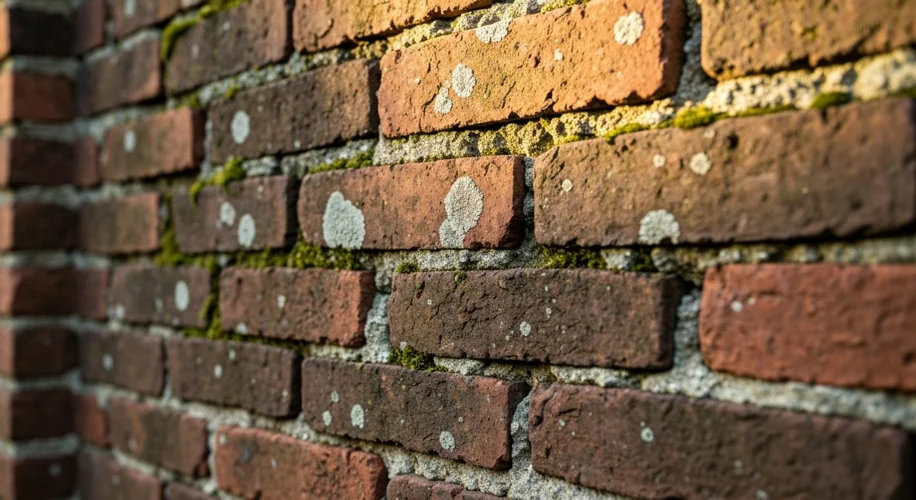Hey everyone, Elias here! You know how much I love getting my hands dirty in the garden, but sometimes, the projects extend beyond the soil. Recently, I noticed a gap forming where my roofline, gutter, and siding meet at a corner. It’s a common spot for issues, and if left unchecked, it can lead to water getting into the attic, which is definitely not something any homeowner wants.
This fix felt a bit like a puzzle, similar to figuring out the best way to support a sprawling tomato vine. It’s all about finding the right materials and methods to create a strong, protective barrier. I wanted to share what I learned, in case you’ve spotted a similar gap on your own home.
What’s Going On Here?
Over time, materials can shift, expand, and contract due to weather changes. This can create small openings. In this case, the vinyl siding might have settled a bit, or the sealant around the gutter edge might have degraded. The key is that this gap, usually small, can allow rain, snowmelt, and even small critters a way into your home’s structure.
My DIY Approach: Step-by-Step
- Safety First! Before any work, I made sure my ladder was secure. If you’re not comfortable working at heights, it’s always best to call a professional. For me, it was a clear, calm day, perfect for tackling this outside job.
- Assess the Damage: I took a close look at the gap. Was it just a sealant issue, or was there any damage to the siding or fascia board (the board that the gutter attaches to)? In my case, the gap was mostly a sealant failure, but the siding edge was slightly pulled away.
- Cleaning is Crucial: I used a putty knife to gently scrape away any old, brittle sealant. Then, I cleaned the area thoroughly with a rag and a mild cleaner to remove dirt and debris. A clean surface is essential for new sealant to stick properly.
- Choosing the Right Material: For this kind of exterior gap, you need something that’s flexible, waterproof, and UV resistant. I opted for a high-quality exterior sealant, specifically designed for outdoor use and suitable for vinyl and aluminum, which are common siding and gutter materials. Some people might use a combination of materials like flashing tape or even a small piece of specialized siding trim for larger gaps, but for my situation, a good sealant was the primary need.
- Applying the Sealant: I used a caulk gun to apply a consistent bead of sealant into the gap. The trick is to fill the void completely without overdoing it. I made sure to push the sealant into the gap, not just lay it on top.
- Smoothing it Out: After applying the bead, I used a wet finger (or a caulk tool) to smooth the sealant, creating a clean, slightly concave surface that will shed water effectively. This helps create a better seal and looks tidier.
- The Final Check: Once done, I stood back to admire my work. The gap was gone, and the sealant looked neat. The real test, of course, will be the next rainstorm!
Why This Matters
Just like tending to your garden beds to ensure healthy growth, maintaining your home’s exterior is key to preventing bigger problems down the road. A small issue like this gap, if ignored, can lead to rot, mold, and more costly repairs. It’s satisfying to know I’ve protected my home with a little bit of DIY effort.
It’s often the small, consistent maintenance tasks that keep everything running smoothly, whether it’s in the garden or around the house. Don’t be afraid to tackle these common home issues – you might be surprised at what you can accomplish!

